
Cohesive bandage are commonly found in sports first aid kits having many uses, particularly on the football pitch, such as holding shin guards in place and providing compression support for soft tissue injuries.
What is a cohesive bandage
A cohesive bandage is a bandage that will only stick to itself, it won’t stick to skin or hair making it very easy and pain-free to use, even on animals. This means that when you have finished wrapping the bandage around the injured area, you don’t need tape or safety pins, you can simply secure it to itself.How does a cohesive bandage work?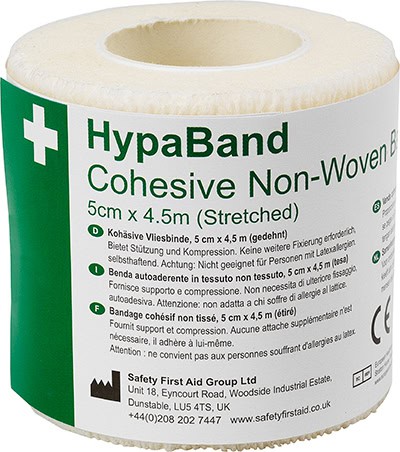
Due to the material that it is made of, a cohesive bandage sticks to itself. The combination of materials and chemicals used to create the bandage, such as latex and cotton are what gives it the unique texture allowing this self-adhesion to happen.A cohesive bandage can alleviate pain in several ways when it is wound around the site of injury. It uses compression to restrict blood flow, preventing an injury from swelling and reducing the pain. The bandages can also help to protect a wound from a painful infection by holding a dressing in place.
The best uses of cohesive bandage
There are many ways that a cohesive bandage can be used to help provide pain relief and support after an injury or operation, as well as being used to secure sports equipment such as shin guards and socks.Injury support and stabilisation
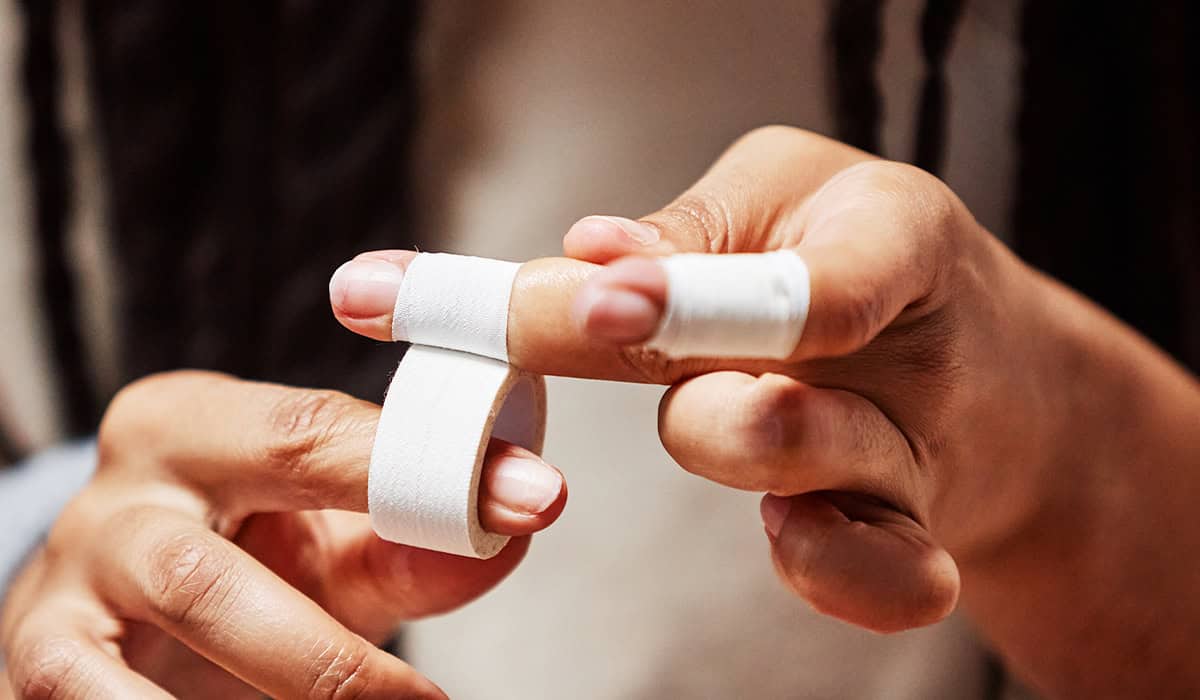
A cohesive bandage can be used to support an injured joint or limb and provide it with stabilisation if it is struggling to withstand the pressure placed upon it. The way it does this largely depends on the type of injury that it is helping to support or stabilise.
For example, some broken bones are unable to have a plaster cast, so if you have potentially fractured your fingers or your toes, the cohesive bandage can be used to wrap around these limbs to stabilise them while they heal. It does this by creating a rigid structure like a splint to restrict movement and protect them from further harm.
It can also be used to support ligament injuries by wrapping around the affected area to immobilise the injury but also allow for some flexibility and movement so as not to completely restrict the limb.
Compression
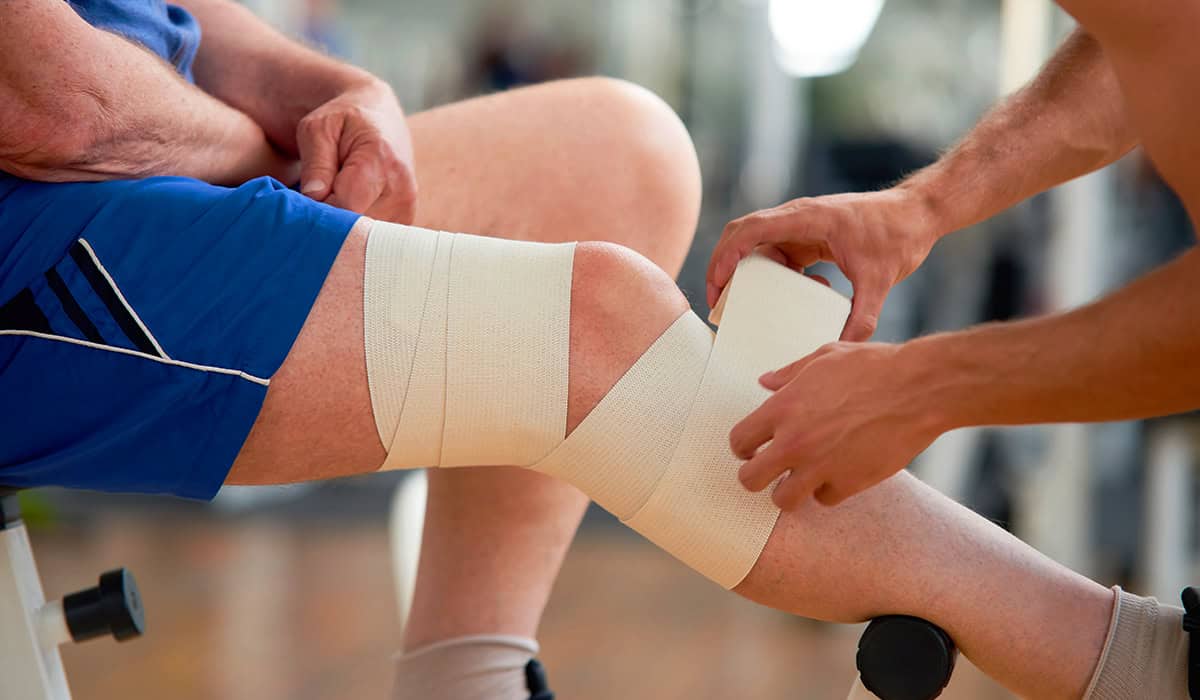
The cohesive bandage's ability to stretch makes it perfect for providing compression to chronic and soft tissue injuries during the RICE or PRICE method. It is important to remember not to cut off blood flow by pulling it too tight if you are using these as compression bandages.
Joint support
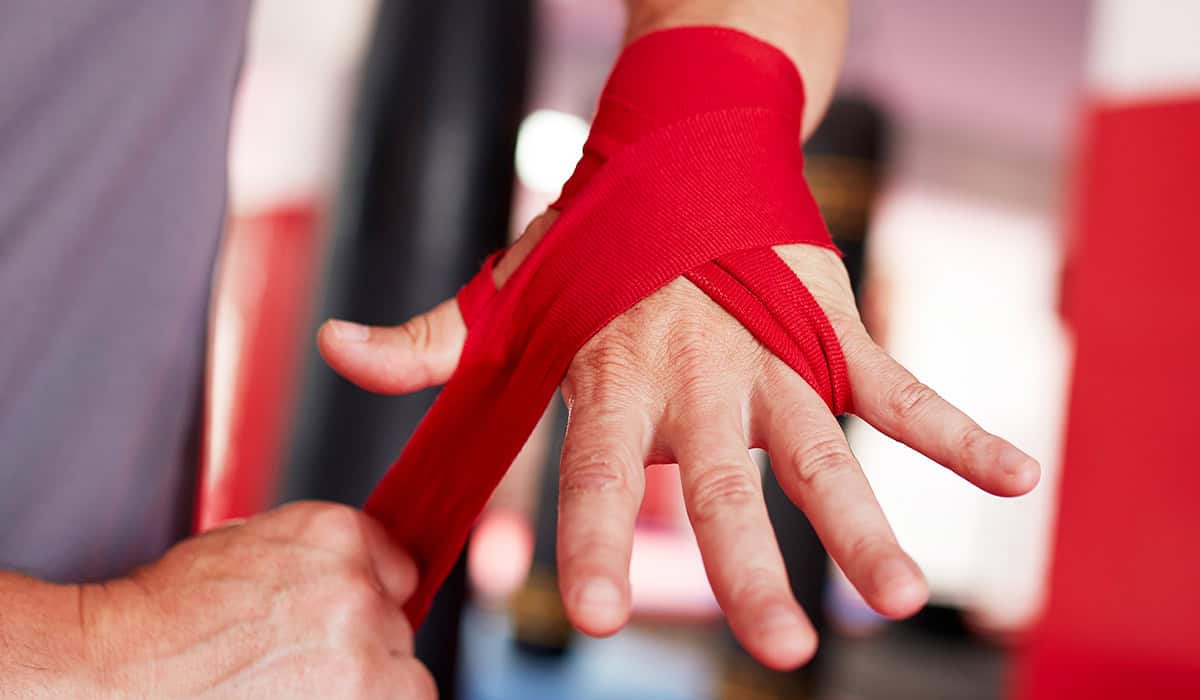
Another common use, particularly in sports, is to support the joints prior to injury. Similar to how kinesiology tape is used, cohesive bandages can be used to wrap joints, such as fingers and wrists, to prevent them from snapping back when playing sports.
Also, the cohesive bandage can be used to support an injury that has recently healed or a joint that has been weakened by a previous injury. So when you are performing an activity that may require frequent use of the affected joint, it has some extra support until it has regained full strength.
Securing sports equipment

A cohesive bandage, which is commonly found in Sports first aid kits, can be used to secure sports equipment.
An increasingly common way it is used is to secure the player's ankle socks to their team’s long socks, as a many players prefer to use socks with grippy bottoms than the ones provided. The only stipulation for this is that the bandage or tape used is the same colour as the players socks.
The cohesive bandage is also used to hold the shin guard in place so that it doesn't slip when the players are running around the pitch.
Wound Dressing
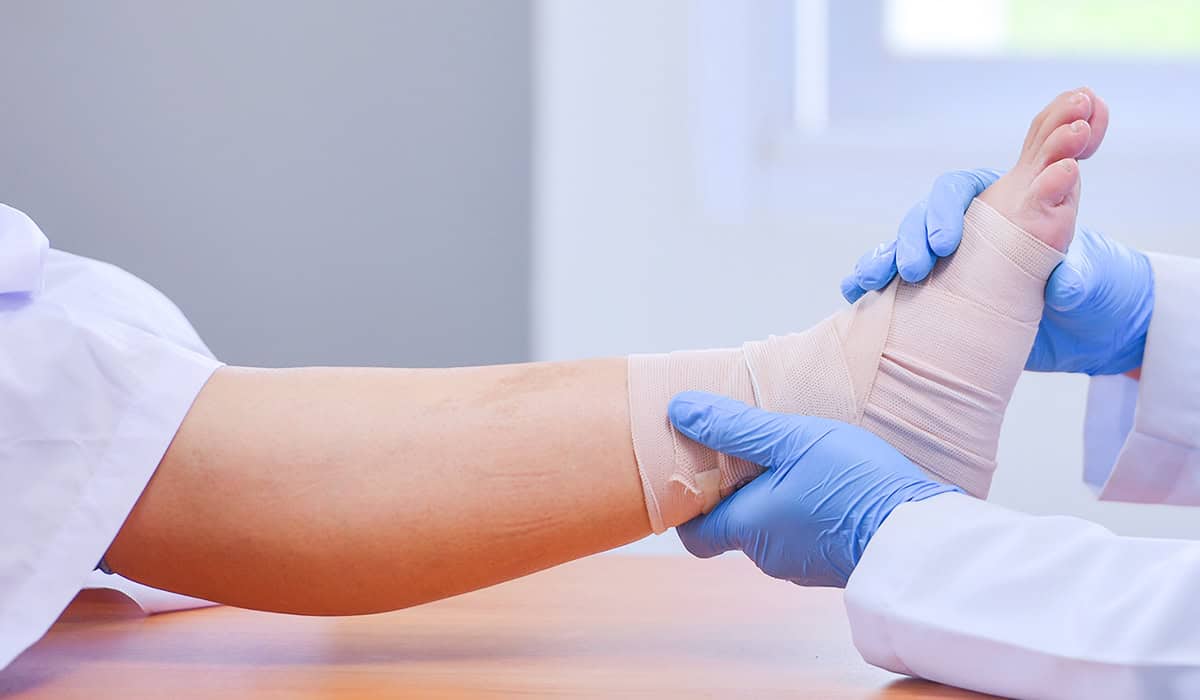
Cohesive bandages can be used to help with wound dressing, but unlike a dressing, bandages cannot be placed directly on the wound itself. Instead, a cohesive bandage can be used to hold the wound pad in position, or as an extra defence between the wound and the surrounding environment.
The difference between cohesive bandage and other first aid tapes
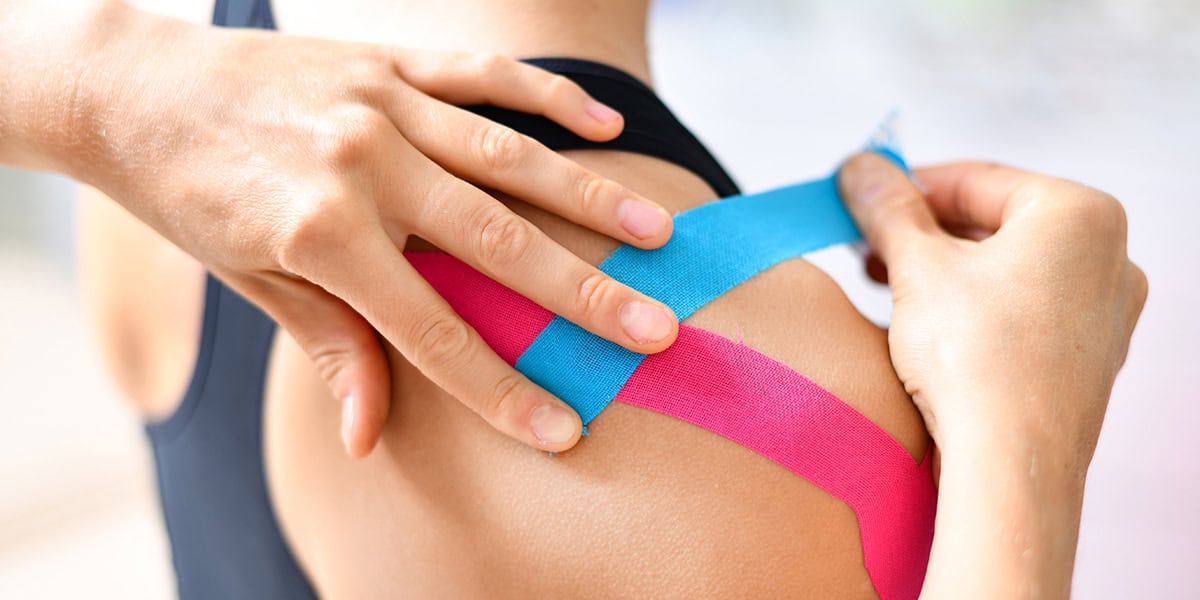
A Cohesive bandage is different to other first aid tapes primarily in what it will stick to, as the majority of other first aid tapes attach themselves directly to the skin.
With some first aid tapes you may have to reapply or tighten them slightly to compensate for their stretching during use, but the cohesive bandage will stay in place until it is removed. The other tapes will also generally require the use of scissors, but cohesive bandage is easy to rip by hand.
In addition, these bandages differ in design from first aid tape such as microporous tape, because microporous tape is solely used when fixing dressings and bandages in place, instead of supporting an injury on its own.
Further information on bandages
- How To Use Triangular Bandages
- A Guide to Crepe Bandages
- Bandages vs Dressings: What's the Difference?
Read our other blogs for more information on first aid or contact us for further advice and information on our products.
By Sarah Mason

